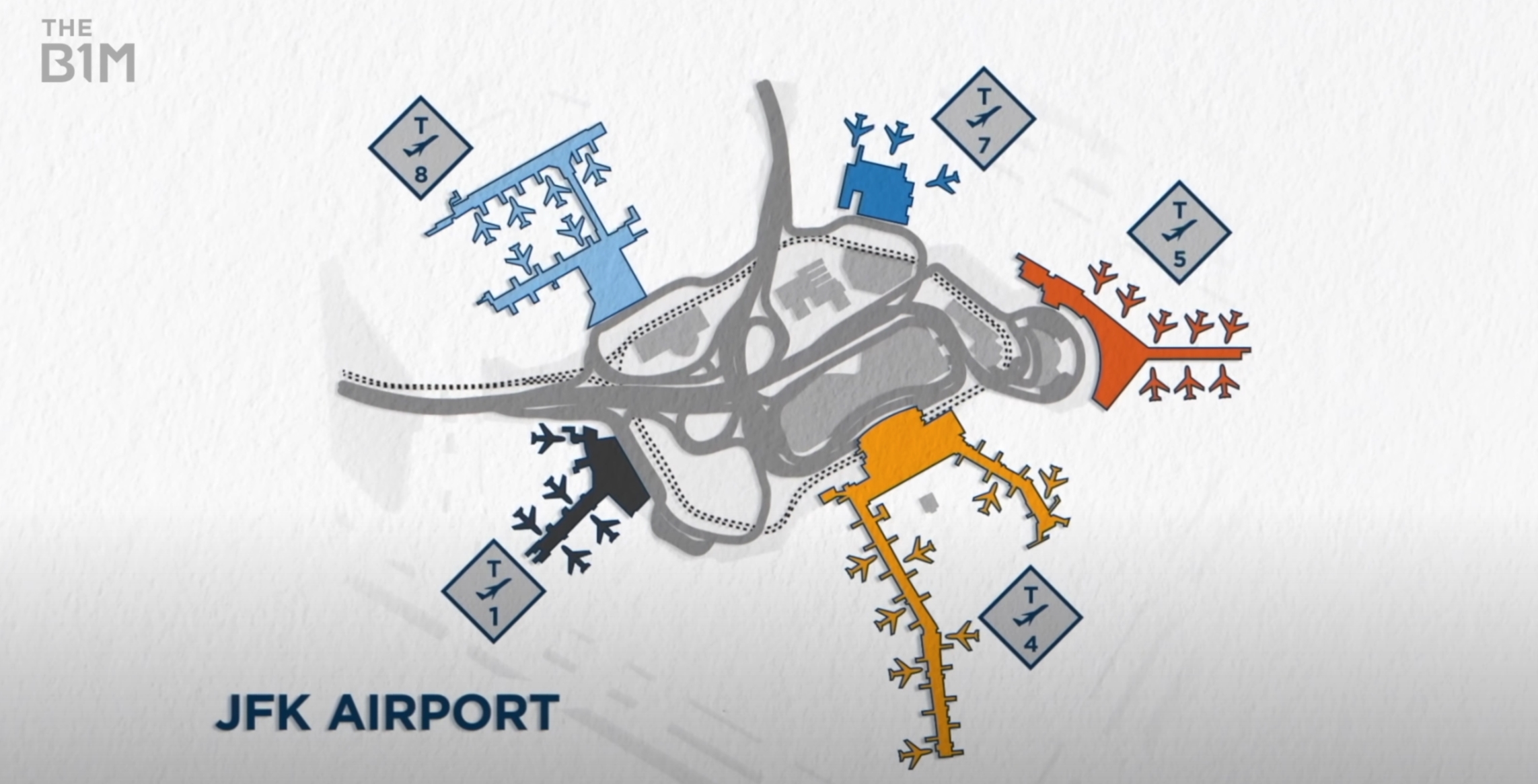Navigating JFK Airport: Terminals, Transportation, and Amenities
John F. Kennedy International Airport (JFK) is one of the busiest airports in the United States, serving millions of passengers each year. Located in Queens, New York, JFK is a major gateway for international and domestic flights. Whether you’re a first-time traveler or a frequent flyer, understanding the layout of the airport, available transportation options, and amenities can make your journey smoother and more enjoyable.
Terminals at JFK Airport
JFK Airport has six terminals, numbered 1 through 8, with Terminals 3 and 6 no longer in use. Each terminal is operated by different airlines and offers various services. Terminal 1 is home to several international carriers, including Air France and Lufthansa. Terminal 2 is primarily used by Delta Air Lines for domestic flights. Terminal 4 is a major hub for international flights and is used by airlines like Emirates and KLM. Terminal 5 is operated by JetBlue and offers a range of domestic and international flights. Terminal 7 is used by British Airways and other international carriers, while Terminal 8 is operated by American Airlines.
To navigate between terminals, JFK offers the AirTrain, a free service within the airport that connects all terminals. It’s important to check your flight details to know which terminal you’ll be departing from or arriving at, as this will help you plan your time and transportation accordingly.
Transportation Options
Getting to and from JFK Airport is relatively straightforward, with several transportation options available. The AirTrain connects the airport to the New York City subway and Long Island Rail Road (LIRR) at Jamaica and Howard Beach stations. This is a convenient and cost-effective way to reach Manhattan and other parts of New York City. The AirTrain operates 24/7, and the journey to Manhattan typically takes about an hour.
For those who prefer a more direct route, taxis and ride-sharing services like Uber and Lyft are readily available at JFK. Taxis have a flat fare to Manhattan, which includes tolls but not tips. Ride-sharing services offer a range of vehicle options, from budget-friendly to premium rides.
If you’re driving, JFK is accessible via several major highways, including the Van Wyck Expressway and the Belt Parkway. Parking is available at each terminal, with options for short-term and long-term stays. It’s advisable to book parking in advance, especially during peak travel times.
Amenities and Services
JFK Airport offers a wide range of amenities and services to make your travel experience more comfortable. Each terminal has a variety of dining options, from quick bites to sit-down restaurants. You’ll find popular chains like Starbucks and McDonald’s, as well as local favorites offering diverse cuisines. Many terminals also feature duty-free shops, where you can purchase tax-free goods like cosmetics, electronics, and liquor.
For those needing to stay connected, free Wi-Fi is available throughout the airport. Charging stations are located in most terminals, ensuring your devices are powered up for your journey. If you need assistance or have questions, information desks are staffed with friendly personnel ready to help.
Travelers with long layovers or those seeking extra comfort can access airport lounges, some of which offer day passes. These lounges provide a quiet space to relax, with amenities like complimentary food and beverages, showers, and business centers.
JFK also caters to families and travelers with special needs. Family restrooms and nursing stations are available, and the airport is equipped with facilities to assist passengers with disabilities, including accessible restrooms and designated seating areas.
In summary, navigating JFK Airport can be straightforward with a little preparation. Knowing your terminal, choosing the right transportation, and taking advantage of the available amenities can enhance your travel experience, making your journey through one of the world’s busiest airports as smooth as possible.
